

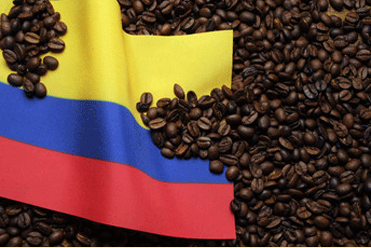
Coffee production in Colombia has a reputation for generating mild, well-balanced coffee beans. Colombia's coffee is world famous for its flavor and the unambiguous mild but rich aroma that rises from every brew. All though there are many secrets to its success, its geography is unquestionably one of them. Knowing that coffee grows best in volcanic soil, at altitudes of 1,200 to 1,800 meters, in places that are free of frost but receive around 80 inches of rain a year. Colombia clearly ticks all those boxes.
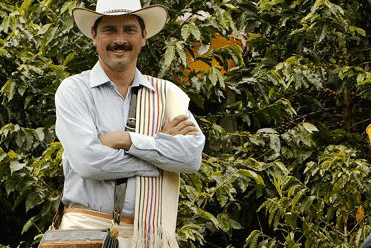
Every day, more than 500,000 coffee growers throughout Colombia fulfill a family tradition, one that has been passed down from generation to generation. Growing premium-quality coffee beans across nearly 2.2 million acres of Colombian highlands is an essential part of their heritage. Coffee growing is the largest source of rural employment in the country. Harvesting coffee by hand in Colombia results in not only a higher-quality product but also the broader contribution of coffee growers in the industry, which, by necessity, employs a large number of small-scale farmers. Some 95% of Colombian coffee-growing families work on small plots of land, averaging five acres each. This characteristic differentiates Colombian coffee production as fundamentally a family-run operation, in which all of the harvesting and post-harvest processing is carried out by the growers themselves.
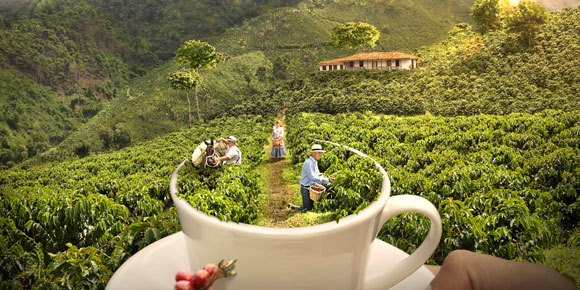
The Colombian coffee Region (Spanish: Eje Cafetero), also known as the Coffee Triangle (Spanish: Triángulo Del Café) is a part of the Colombian Paisa region in the rural area of Colombia. It is famous for growing and producing the majority of Colombian coffee, considered by many to be the best coffee in the world. There are four departments in the area: Caldas, Quindío, Risaralda and Tolima. The most visited cities are Manizales, Armenia, Pereira, and Ibagué.
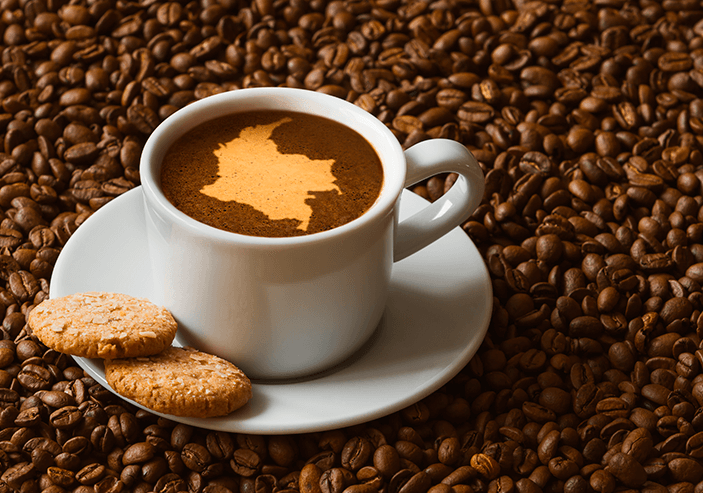
Putting aside the fact that Colombians are key players in coffee production in Latin America, they also rank high in consumption. The South American country is the third highest consumer of coffee in the region, with nearly two million 60kg bags consumed in the latest crop year. This nation not only produces high quality coffee, but they also have a culture of coffee that is unique and distinct from any other place on Earth. Many Colombians live a lifestyle that is not much different than people in the west. Keep reading to discover how Colombians consume their coffee beverages. You might be surprised by what you discover. Most people in Colombia drink their coffee without cream or sugar. That's right, if a person wants sugar in their coffee, they will have a hard time getting it. Most Colombians do not consume their coffee in this way.
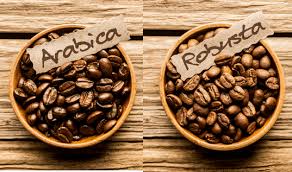
Colombia produces the best Arabica coffee in large quantities in the world. Arabica coffee is where gourmet coffee comes from. The flavor and aroma of this coffee are cherished by coffee lovers around the world. Robusta coffee, on the other hand, is the mainstay for producing the caffeine found in caffeinated beverages everywhere. Because Colombia produces Arabica coffee it leads in flavor and aroma and is less likely to leave you with an unpleasant buzz from too much caffeine. So, how much caffeine does Colombian coffee have? High-quality Colombian Arabica coffee contains 30-50 milligrams per single espresso serving and up to 200 milligrams in an 8-ounce cup depending on sub-variety and degree of roasting.

Colombia is well known for its coffee products. For Colombians, coffee is not simply a bean, but a part of their national identity. This nation not only produces high quality coffee, but they also have a culture of coffee that is unique and distinct from any other place on Earth. They have a big importance of coffee to their society and most certainly their international image.